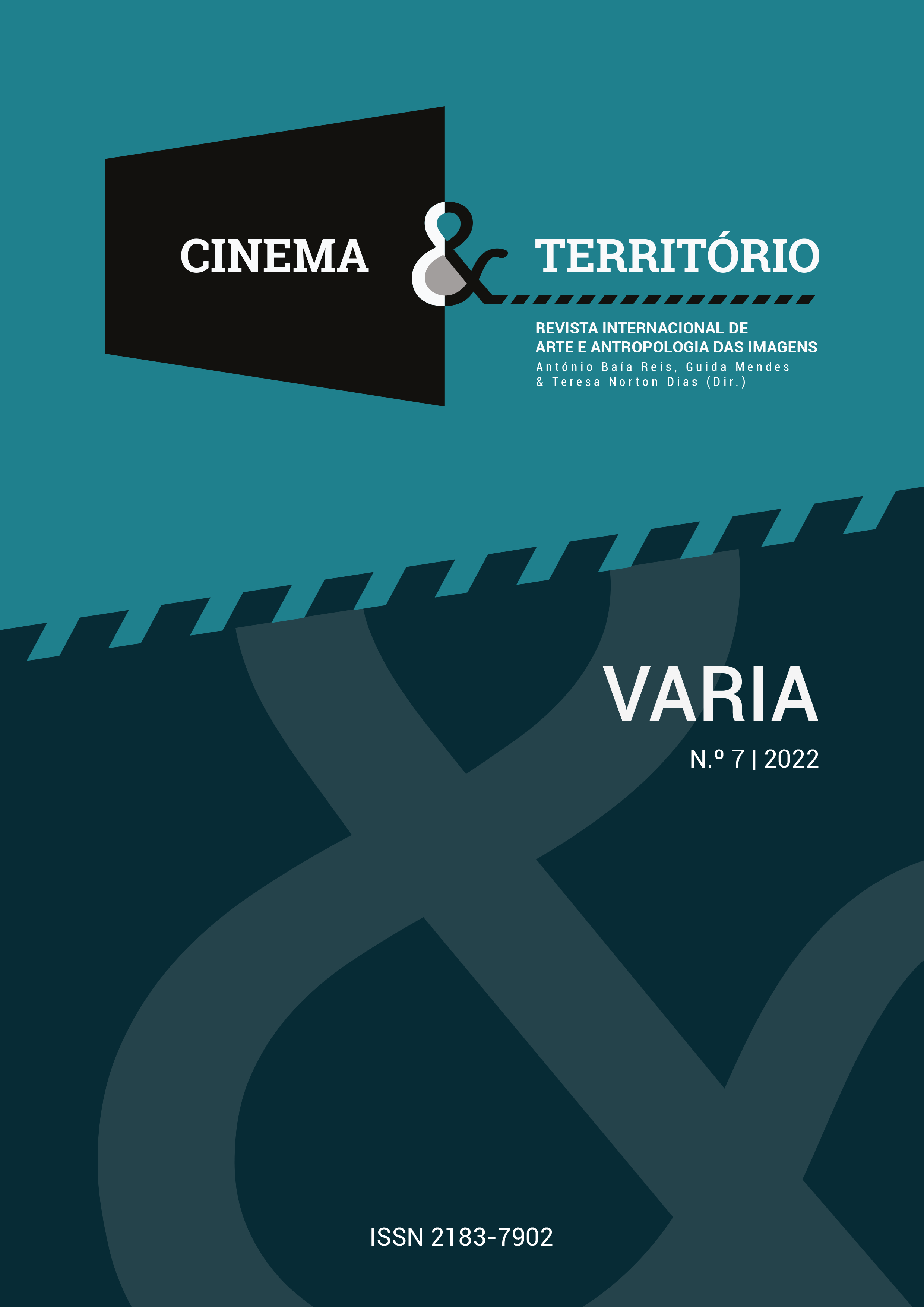Cinema and architecture: variations of the gaze, varieties of place
DOI:
https://doi.org/10.34640/universidademadeira2022forgiariniKeywords:
cinema, architecture, place, spaceAbstract
In the intersection between cinema and architecture, the gaze and the places intersect from the construction of narratives and ambiences that make the film a mosaic of varieties and variations. More than mere scenographic space, the dimension of the place that composes the scene adds immaterial and subjective values that give sense and meaning to the motivations, behavior, expectations, and values of the characters. The house, the neighborhood, the city are objective variations of places that exist to situate the narrative, but the way these spatialities are conceived and formatted in order to connect to the emotional spectrum of the work goes beyond the sphere of materiality devoid of symbolisms. Based on examples of films in which places express more than scenographic conceptions, such as L’heure d’été (2008), Visita ou Memórias e Confissões (1982) e Paris-Texas (1984), the paper presents an analysis of how architecture acts in transforming the viewer's gaze by indicating less obvious relationships of space and providing an aesthetic experience permeated by the fruition of the various possibilities of composition of place.
References
Assayas, O. (Realizador). (2008). L’heure d’été [Filme]. MK2 Production.
Bachelard, G. (2008). A poética do espaço. Martins Fontes.
Calvino, Í. (1998). As cidades invisíveis (10ª Ed.). Companhia das Letras.
Coppola, F. (Realizador). (1978). The Godfather [Filme]. Paramount Pictures.
Costa, M. (2008). Cinema e Arquitetura: percepção e experiência do espaço. v.5 (7), 63-78.
Damásio, A. (2011). E o cérebro criou o homem. Companhia das Letras.
Gorelik, A. (2008). Arquitetura e capitalismo: os usos de Nova York. Koolhaas, R. Nova York delirante: um manifesto retroativo para Manhattan (pp.6-23). Cosac & Naify.
Jones, C. (2009). Paris: biografia de uma cidade. L&PM.
Jung, C. (2016). Memórias, sonhos, reflexões. Nova Fronteira.
Marques, G. (2003). Cem anos de solidão. Ed. Folha de São Paulo.
Mongin, O. (2009). A condição urbana: a cidade na era da globalização. Estação Liberdade.
Oliveira, M. (Realizador). (1982). Visita ou memórias e confissões [Filme]. Manoel de Oliveira.
Preto, A. (2019). A casa futuro. In Fundação Serralves. A casa/ Manoel de Oliveira. Catálogo da exposição “A casa” para inauguração da Casa do Cinema Manoel de Oliveira. Serralves – Casa do Cinema Manoel de Oliveira, pp. 6-53.
Relph, E. (1976). Place and Placelessness. Pion.
Serres, M. (2013). Tempo, erosão: faróis e sinais de bruma. O tempo passa. Virgínia Woolf. Autêntica.
Tuan, Y. (1983). Espaço e Lugar: a perspectiva da experiência. Ed. DIFEL.
Venturi, R. (2004). Complexidade e contradição em arquitetura. Martins Fontes.
Wenders, W. (Realizador). (1984). Paris, Texas [Filme]. 20th Century Fox.
Wenders, W. (Realizador). (2011). Pina [Filme]. Eurowide Film Production. Neue Road Movies. ZDF.
Wenders, W. (2014). A lógica das imagens. Edições 70.
Woolf, V. (2013) O tempo passa. Organização, tradução e notas de Tomaz Tadeu. Autêntica.
Zhao, C. (Realizador). (2020). Nomadland [Filme]. Searchlight Pictures.
Downloads
Published
How to Cite
Issue
Section
License
Copyright (c) 2022 Leandro Forgiarini

This work is licensed under a Creative Commons Attribution-NonCommercial 4.0 International License.
For more information follow the link: CC Atribuição-NãoComercial 4.0








